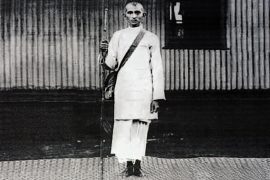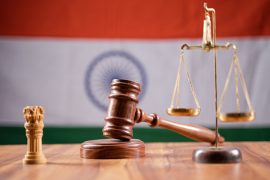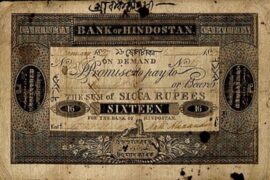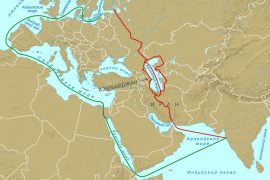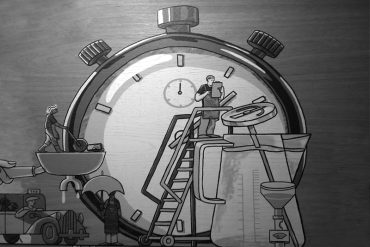So much of the Rani of Jhansi’s story has been appropriated by fiction that a neutral account of her role during the Revolt of 1857 was scarce. But one was found, courtesy Vishnubhat Godse, an impoverished travelling priest from the Southern Konkan coast.
Vishnubhat set off on the long journey to Mathura in the middle of a period of great strife. The Revolt of 1857 saw many princely states go into armed rebellion against the dominant British holdings. But walking from the south towards “Hindoostan”, Vishnu had no idea he was about to become the first eyewitness account of history.
The birth of a Queen
In 1828, Lakshmi Bai was born as Manikarnika, to a Marathi family who served the court of the local Peshwa (Prime Minister). Her mother died when she was just four, and the Peshwa played a part in raising her. She learned shooting, horseback riding and swordplay.
While still a teenager, she married Gangadhar Rao Newalkar – the widower Maharajah of Jhansi. He needed Lakshmi to give him a child, as the British doctrine of lapse would see his territories incorporated unless he produced an heir. Lakshmi, now with the royal title of Bai, gave birth to a son – but he died when only four months of age.
Copyright©Madras Courier, All Rights Reserved. You may share using our article tools. Please don't cut articles from madrascourier.com and redistribute by email, post to the web, mobile phone or social media.Please send in your feed back and comments to [email protected]


